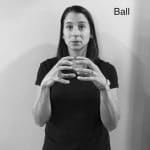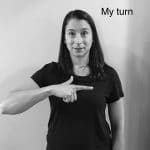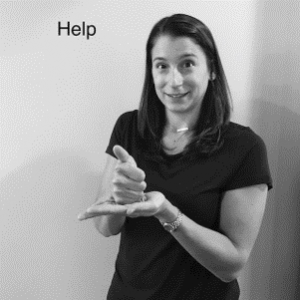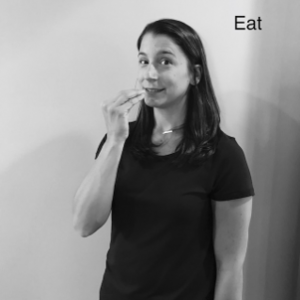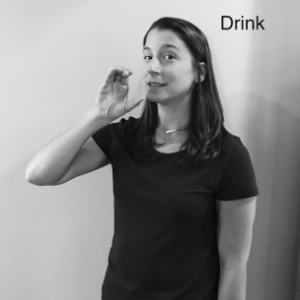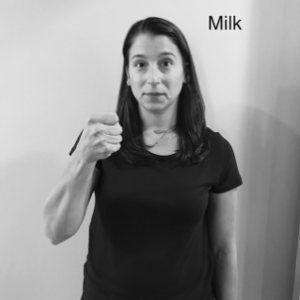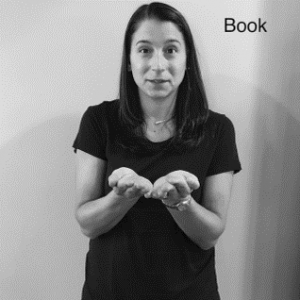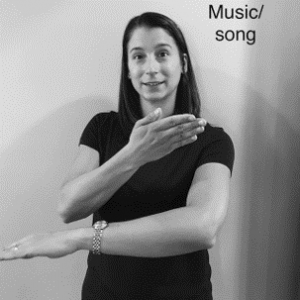People are often surprised to hear that speech-language pathologists (SLPs) treat newborns and infants. They can’t speak, so why would they need an SLP, right? However sometimes babies need a little help learning how to eat and drink properly. Infant feeding and swallowing is a specialized field within speech-language pathology that can help.
Some babies, especially if they were born premature, can have difficulty with breast or bottle feeding and/or trouble transitioning to solid foods. These feeding and swallowing issues can lead to:
- Poor weight gain
- Difficulty with suck-swallow-breathe coordination
- Mealtime struggles
- Choking, gagging or vomiting while eating
- Only eating a limited diet
- Disorganized feeding patterns
- Problems with speech and language in the future
As if having a baby wasn’t stressful enough! If you are seeing any of these signs in your baby, your pediatrician may recommend a feeding evaluation and possible therapy from a speech-language pathologist.
Specialized feeding and swallowing SLPs have advanced training and knowledge of the anatomy of the mouth, throat and larynx (the voicebox), the mechanisms of chewing, sucking and swallowing as well as an understanding of sensory issues and other related medical conditions. They work closely with physicians, lactation consultants, pediatric physical and occupational therapists, pediatric dentists and bodyworkers such as craniosacral therapists to improve outcomes.
SLPs also work with children with tethered oral tissues (commonly referred to as tongue and lip ties), craniofacial disorders including those with cleft lip and palate syndromes, infants coming home from the NICU with nasogastric tubes and those with G-tubes.
Our team of specialized SLPs at Little Hands Pediatric Therapy can provide your baby with a feeding evaluation in our Sterling clinic on Mondays or in your home at your convenience. These evaluations usually last about an hour and include a detailed birth and feeding history, thorough examination of your baby’s oral structure, observation of bottle and breastfeeding and a plan of care for therapeutic interventions.
Since this is a time-sensitive issue, please contact us immediately if your baby is struggling to feed and we will get you in as soon as possible – even if we have a wait list.





